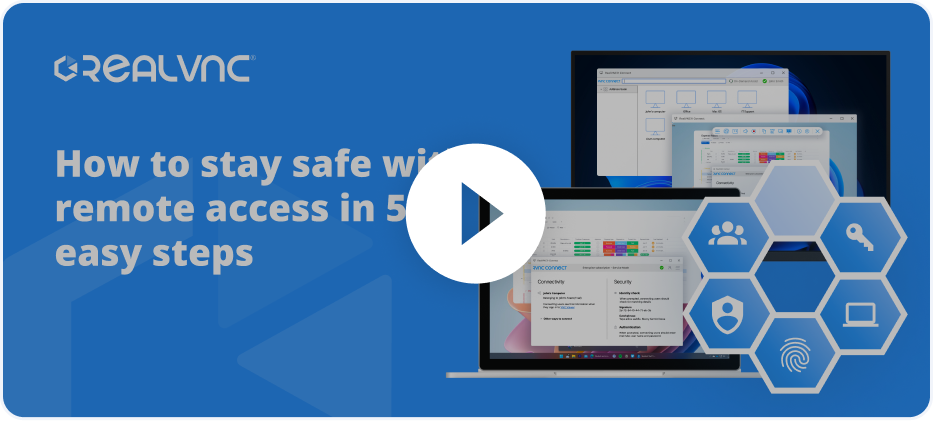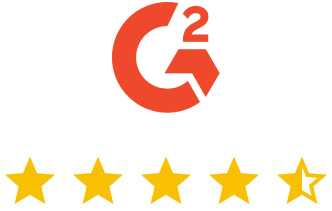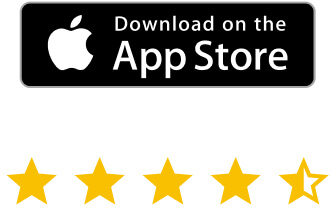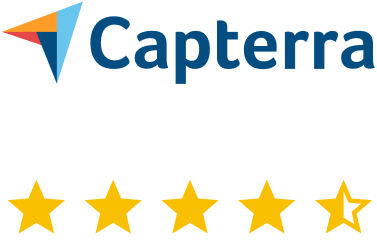In today’s modern business landscape, work set-ups are becoming increasingly flexible, with employees dotted in various locations.
Managing payroll benefits for remote employees is crucial to ensuring employee engagement and a sense of value within an organization. It’s essential to recognize that, despite their geographical distance, remote employees deserve the same level of benefits as their in-office counterparts.
Effectively administering and overseeing payroll benefits becomes paramount, as it plays a pivotal role in maintaining a harmonious and supportive environment for remote team members.
This article will explore actionable insights to help you optimize the management of payroll benefits for remote and international employees.
By reshaping processes, ensuring compliance, and meeting employee expectations, businesses can navigate challenges and capitalize on opportunities to drive success in this evolving work environment.
These key strategies and best practices provide valuable guidance for effective remote payroll benefits management to create a positive experience for employees.
What is remote payroll?
Remote payroll refers to the process of managing payroll for employees who work outside of a traditional office setting.
It involves handling all aspects of payroll, such as calculating wages, deductions, taxes, and benefits for remote employees, whether they’re a team member located nearby or an international contractor.
Utilizing remote desktop solutions, human resources personnel and accounting teams can handle payroll processing by accessing payroll software from a centralized, virtual location. This allows them to efficiently manage payroll tasks, including processing timesheets, calculating wages, handling deductions, and generating payroll reports.

Streamlining remote payroll processes
As with any administrative task, streamlining remote payroll processing is essential to effectively manage operations while accommodating remote workers.
So how can you ensure your processes are as efficient as possible? Today, it’s about leveraging modern solutions that are at your disposal.
This could mean implementing automated payroll software or cloud-based platforms that streamline processes. With features such as time tracking, calculation, and direct deposit, you can easily reduce manual admin tasks. Moreover, it’s crucial to allow remote employees to access intuitive self-service options to manage their payroll information. Let’s look at these options in more detail . . .
Automating payroll tasks for efficiency
By leveraging payroll automation tools, your business can significantly reduce manual tasks, minimize errors, and save time and resources.
Automating tasks such as calculating hours worked and processing payroll taxes can expedite payroll processing and ensure accuracy. Utilizing payroll software that offers automated features can free up valuable time for HR and payroll professionals to focus on more strategic initiatives.
Implementing cloud-based payroll systems
Cloud-based payroll systems, along with integrated HR software for small business, provide a centralized platform for managing payroll remotely.
All-in-one systems like this are incredibly intuitive, offering real-time access to payroll data and allowing internal teams and remote ones to seamlessly collaborate.
Cloud-based solutions also provide seamless integration with time-tracking systems and HR management software, enabling efficient data transfer and reducing the risk of errors. With secure data storage and automatic backups, cloud-based payroll systems come with built-in disaster recovery capabilities and enhanced data protection.
Leveraging payroll software integrations
Integrating payroll software with other relevant business tools can streamline remote payroll management even further.
Consider integrations with accounting software, employee benefits platforms, and time-tracking systems that can automate data synchronization, eliminate duplicate data entries, and ensure accurate financial reporting.
By harnessing these integrations, your business can achieve a seamless flow of information across all your business’s systems.
Ensuring compliance in remote payroll benefits management
Staying updated with remote payroll and benefits regulations
As a business, it’s essential to stay on top of the latest regulations and compliance requirements.
Remember that laws regarding taxation, employment benefits, and labor regulations may vary based on the jurisdiction where employees are located. Regularly monitoring updates from regulatory bodies and consulting legal professionals can help your business navigate compliance challenges effectively.
Keeping your payroll team and relevant stakeholders updated on remote payroll regulations is crucial. Consider providing training that focuses on the specific compliance requirements related to remote payroll benefits management. This can help ensure that all stakeholders are well-informed and knowledgeable about their responsibilities.
Securely managing sensitive payroll data
Running payroll services, whether remotely or in-house, requires dealing with sensitive data.
By integrating remote payroll with single sign-on (SSO) capabilities, employees can conveniently access their payroll and benefits information using internal resources. This eliminates the need for multiple usernames and passwords and reduces the risk of password-related issues, such as forgotten passwords or security vulnerabilities associated with weak ones.
Employers must implement robust data protection measures, such as encryption, secure file sharing platforms, and access controls. Additionally, implementing strong authentication protocols and providing cybersecurity training to employees can minimize the risk of data breaches and unauthorized access.

Strategies for optimizing remote payroll and benefits management
Streamlining processes and automation
One effective way to optimize any management process is to leverage automation. By implementing payroll and benefits management software tailored for remote workforces, businesses can simplify administrative tasks.
Timely and accurate payroll processing is crucial for employee satisfaction.
To this end, automating payroll processing can take care of prompt salary disbursements, adhere to established pay cycles, and promptly flag any errors or discrepancies in an employee’s benefits plan.
Adapting benefits for remote employees
Recognizing the challenges and opportunities that come with remote work, businesses should identify and provide suitable remote-specific benefits packages. This may include offering flexible working arrangements, wellness benefits and programs that cater to remote employees’ wellbeing, and technology allowances to support their home office setups.
By tailoring benefits to remote employees, organizations demonstrate their commitment to valuing and supporting their remote workforce.
Regularly communicating with remote employees about benefits
Maintaining open lines of communication and providing transparent information about benefits packages and payroll processing is vital for fostering employee satisfaction.
Clear communication regarding pay schedules, deductions, company benefits, and personalized benefits helps employees understand and trust the business’s system. Internal teams can leverage communication channels such as employee portals, Mac screen sharing, emails, and virtual meetings to address any payroll and benefits-related queries and concerns.
These solutions, particularly screen sharing, allow HR teams to remotely connect with off-site employees in real-time, for example, if employees need help accessing or understanding their competitive benefits packages.

Delivering personalized communications
One aspect of maximizing remote payroll and benefits is tailoring communication to meet the specific needs of your remote employees.
Remember that remote workers may have different preferences and communication styles. Consider conducting surveys or feedback sessions to understand how they prefer to receive payroll and benefits information, and adapt your communication approach accordingly.
Much like with customers, personalized communication helps remote employees feel valued and engaged. Use digital communication channels such as email, instant messaging, or employee portals to convey important payroll and benefits updates. Moreover, ensure messaging is clear and concise, and provide opportunities for employees to ask questions.
Offering remote self-service payroll options
Enabling employees to access and manage their payroll information remotely can enhance their overall satisfaction.
Self-service platforms and mobile apps, such as payslips software, allow employees to view password-protected pay stubs, update personal information, view eligible benefits enrollment periods, and access tax forms.
Using a cloud-based system means remote employees can access it from any device and location, empowering employees by giving them greater control over their data.
Providing comprehensive guides, FAQs, and tutorials to assist remote employees in navigating these platforms goes a long way to increasing employee satisfaction.
This self-service functionality saves time for both employees and HR professionals, fostering a sense of autonomy and convenience while reducing the dependency on HR teams for routine inquiries.
Maximize your remote payroll benefits management for success
Managing remote employees comes with various challenges. But by streamlining your processes, you can ensure remote employees feel valued and empowered.
Ultimately, successfully maximizing remote payroll benefits management requires a holistic approach that combines technology, compliance, and employee-centric practices.
With that in mind, remember to monitor your strategy to ensure its effectiveness. Establish key performance indicators to track efficiency, accuracy, and employee satisfaction. Measure metrics such as payroll processing time, error rates, employee engagement, and feedback. Finally, regularly evaluate the ROI of technology investments and assess the impact on cost savings, productivity, and employee retention.
By implementing the strategies in this article, you can effectively navigate the challenges of remote payroll benefits management and capitalize on the benefits it offers.
Embracing these approaches will not only streamline internal teams’ processes but also contribute to overall organizational success and employee satisfaction in the remote work environment.













